Explore the fascinating intersection of cinematic creativity and scientific accuracy in space movies with these 16 enlightening facts. From distant galaxies to alien worlds, uncover the truths behind the spectacle of cinematic space exploration.
Gravity and Weightlessness
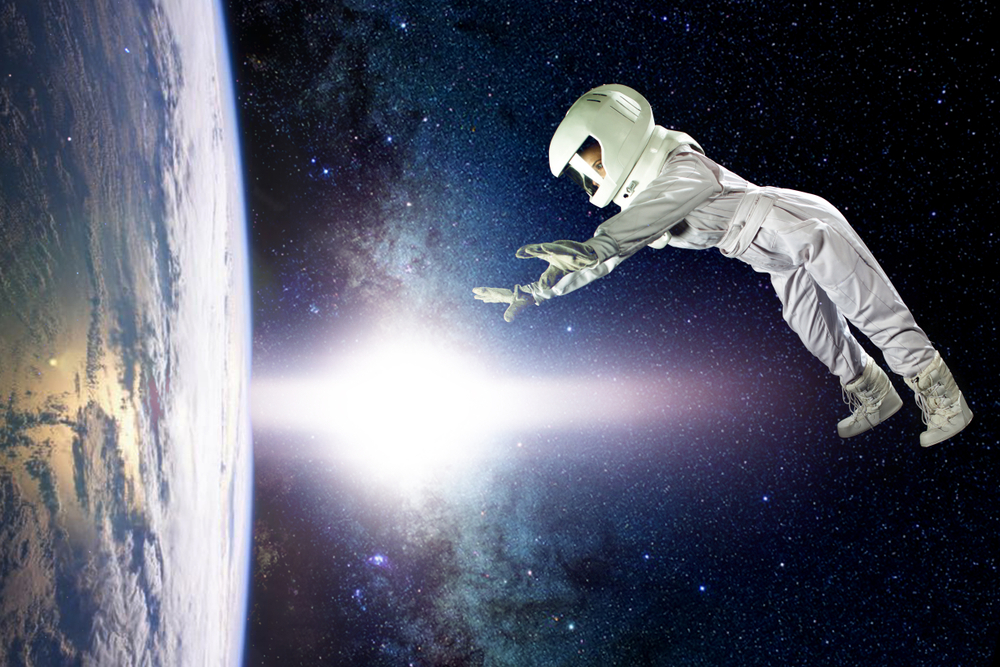
Many space movies inaccurately portray gravity and weightlessness. In reality, objects in orbit experience microgravity, causing them to float freely. Films often depict characters and objects falling as if on Earth due to the limitations of filming in a gravity-based environment.
Sound in Space

In space, there is no air to carry sound waves, rendering space a silent vacuum. However, movies frequently feature dramatic sound effects for explosions and spacecraft maneuvers, enhancing the viewing experience but ignoring the laws of physics.
Spacesuit Design

The design of spacesuits in movies often prioritizes aesthetics and dramatic effect over functionality. Real spacesuits are meticulously engineered to provide life support and protection in the harsh environment of space, with every component serving a specific purpose.
Spacecraft Maneuverability
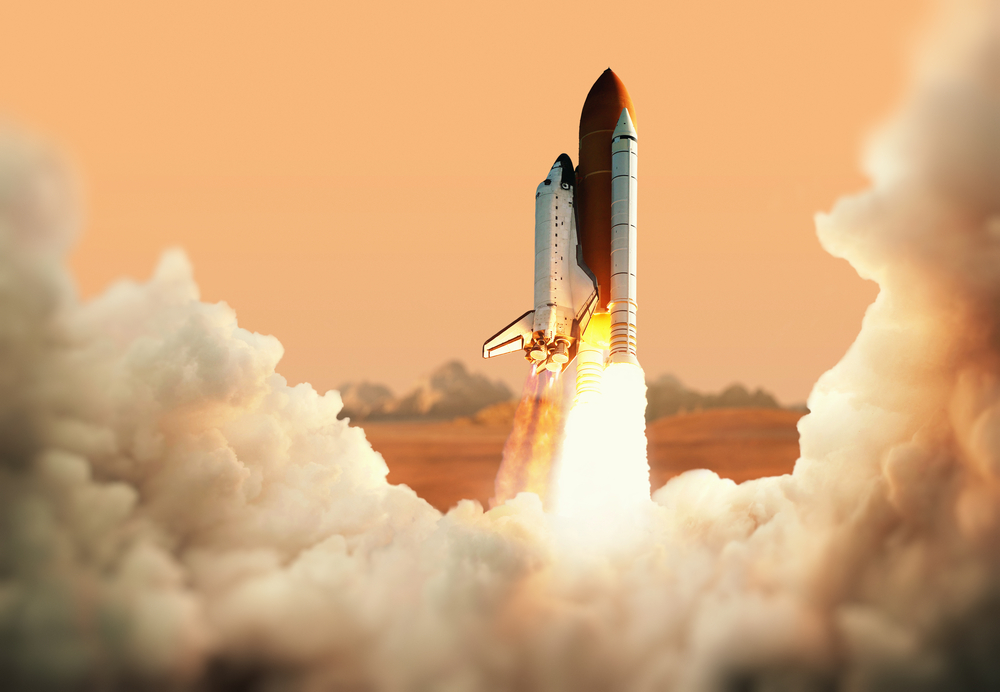
Spacecraft in movies frequently perform maneuvers that defy the laws of physics, such as sudden stops and sharp turns. In reality, space travel requires careful planning and precise adjustments due to the absence of atmospheric drag and friction.
Explosions in Space
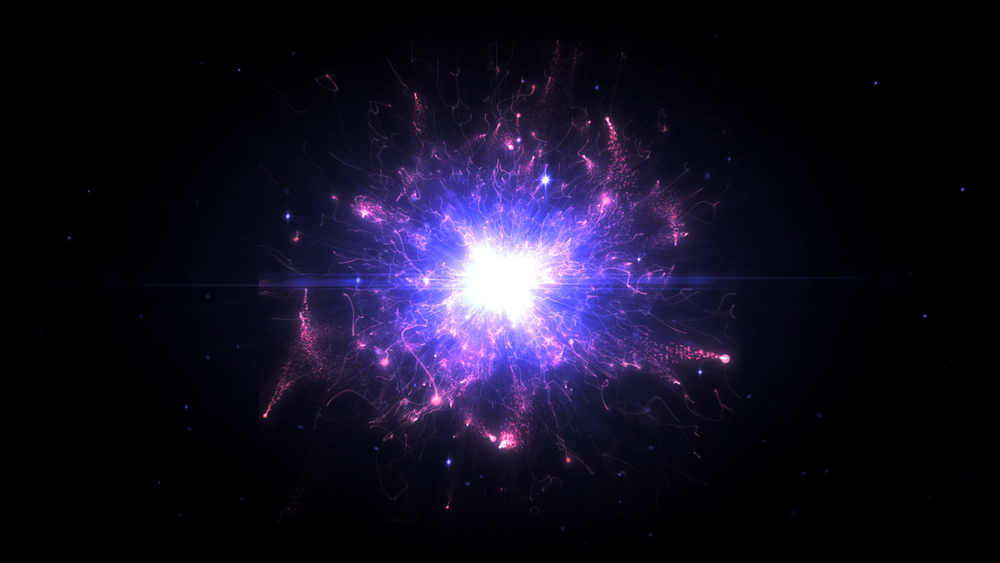
Explosions in space are depicted in movies with fiery blasts and billowing smoke, despite the absence of oxygen to sustain combustion. In reality, explosions in the vacuum of space produce a brief flash of light and debris but lack the dramatic fireballs seen on screen.
Alien Lifeforms

Many space movies feature fantastical alien lifeforms with humanoid characteristics and complex societies. While the existence of extraterrestrial life remains a topic of scientific speculation, the portrayal of aliens in movies often stretches the bounds of plausibility.
Interstellar Travel
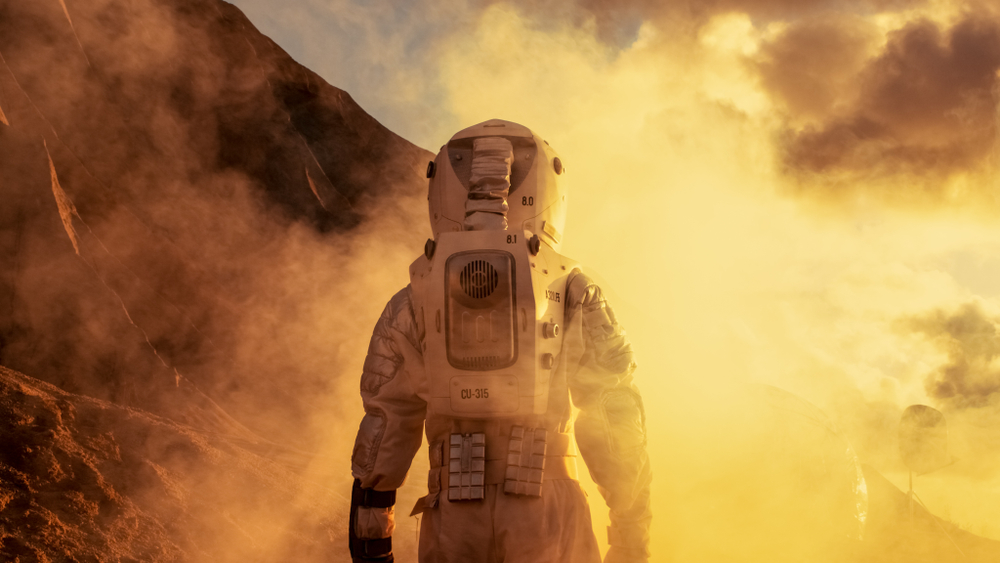
Interstellar travel, the concept of traveling between stars, is a staple of science fiction movies. While theoretical concepts such as warp drives and wormholes are explored in scientific literature, the practical challenges of interstellar travel remain formidable.
Time Dilation

Time dilation, a consequence of Einstein’s theory of relativity, is rarely depicted accurately in space movies. According to relativity, time passes differently for observers in motion relative to each other, leading to complex temporal distortions that are often oversimplified or ignored in films.
Planetary Environments
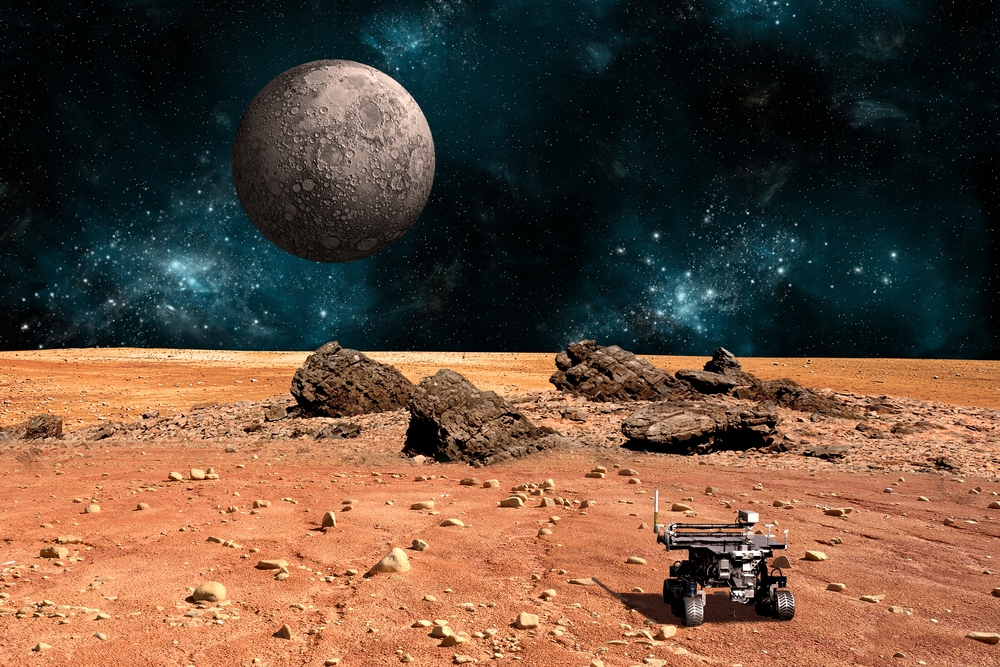
The portrayal of planetary environments in space movies often takes creative liberties with scientific accuracy. While filmmakers strive to create visually stunning worlds, the geological features and atmospheric conditions depicted may diverge significantly from what is known about real exoplanets.
Black Holes
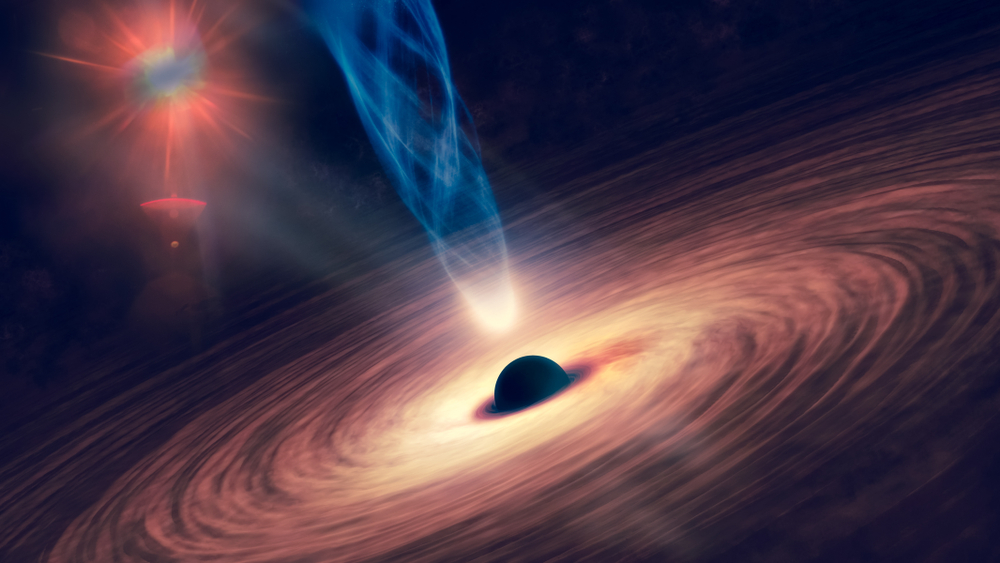
Black holes, mysterious cosmic phenomena with intense gravitational pull, are a popular subject in space movies. However, the depiction of black holes varies widely in terms of accuracy, with some films presenting them as portals to other dimensions or sources of exotic phenomena beyond current scientific understanding.
Space Battles
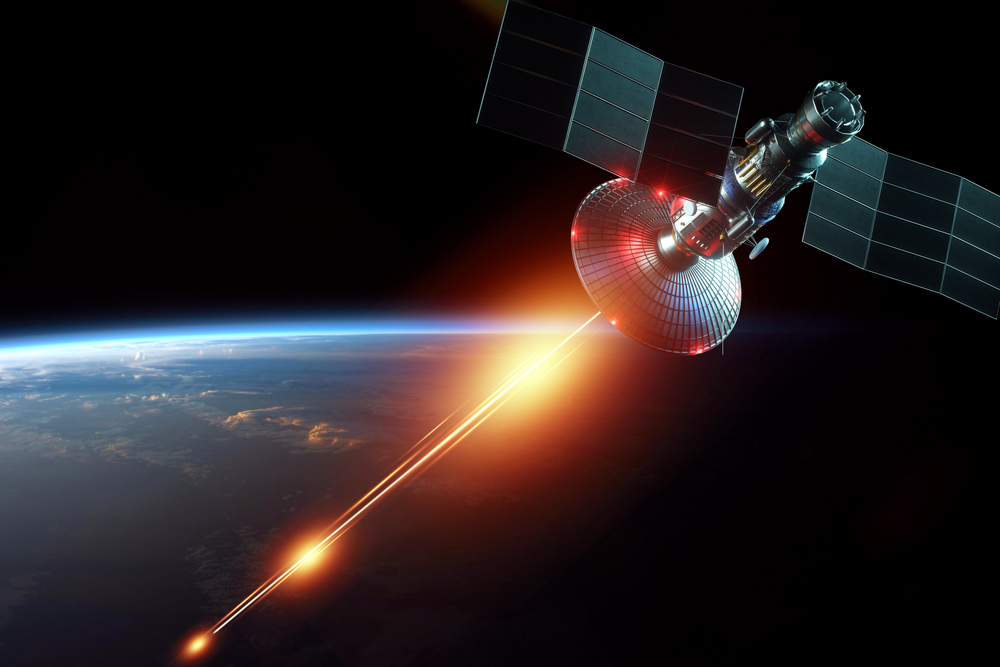
Space battles, featuring dogfights between spacecraft and dramatic explosions, are a common trope in science fiction movies. While entertaining, these sequences often overlook the challenges of physics and tactics involved in combat in the vacuum of space.
Communication Delays
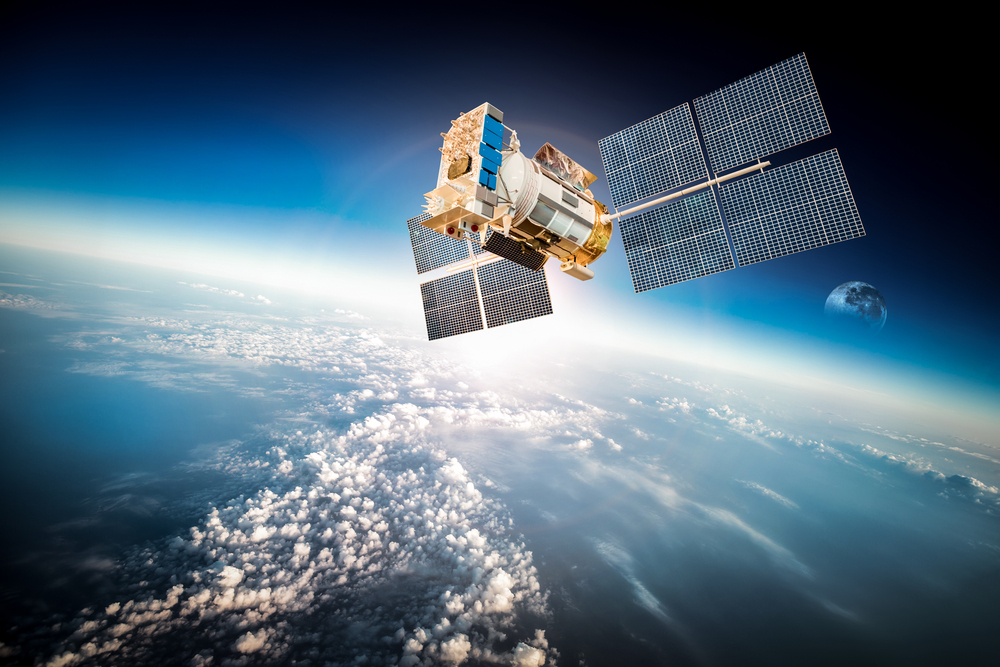
The vast distances involved in space travel result in communication delays between Earth and spacecraft, a phenomenon rarely addressed in space movies. In reality, these delays can range from minutes to hours, impacting the timing and coordination of missions.
Spaceship Design
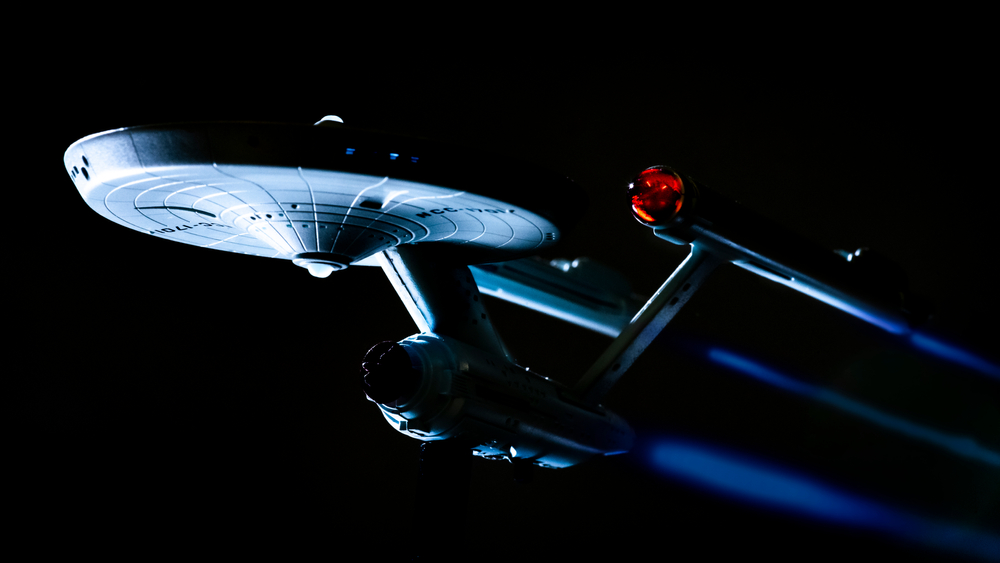
Spaceship design in movies often prioritizes aesthetics and visual appeal over practical considerations. While cinematic spacecraft may feature sleek lines and futuristic technology, real spacecraft are designed with careful attention to engineering constraints and functional requirements.
Extraterrestrial Technology
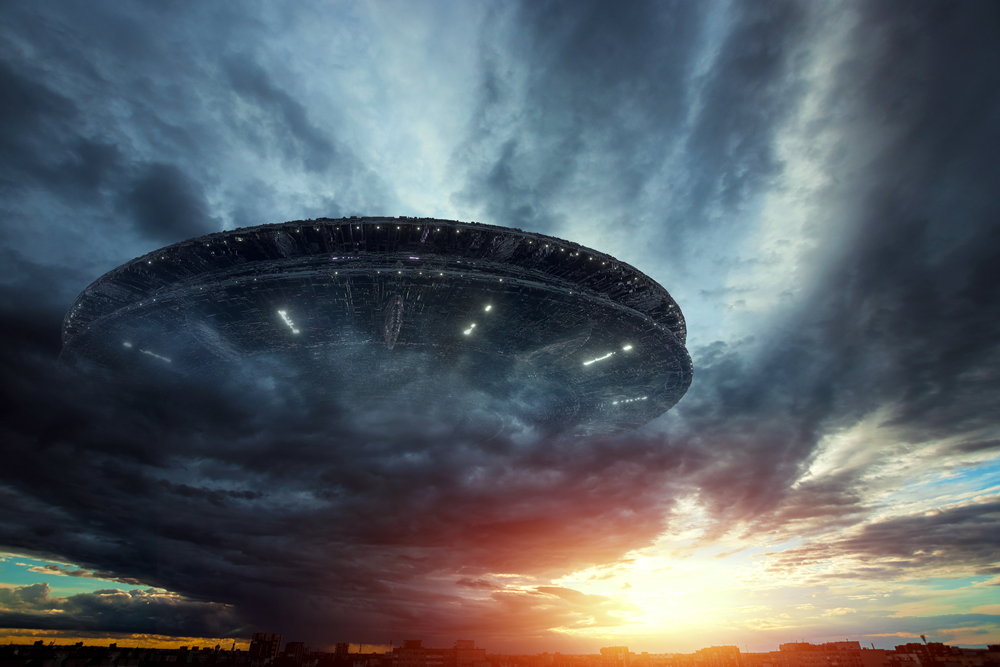
Extraterrestrial civilizations in space movies are often depicted as possessing advanced technology far beyond our own. While speculation about alien technology is common in science fiction, the portrayal of such technology in movies may lack scientific grounding.
Gravity Wells

The concept of gravity wells, regions of intense gravitational pull created by massive objects such as planets and stars, is often overlooked or misrepresented in space movies. Understanding gravity wells is crucial for space navigation and mission planning, yet their portrayal in films may oversimplify or distort their effects.
Space Exploration Realism
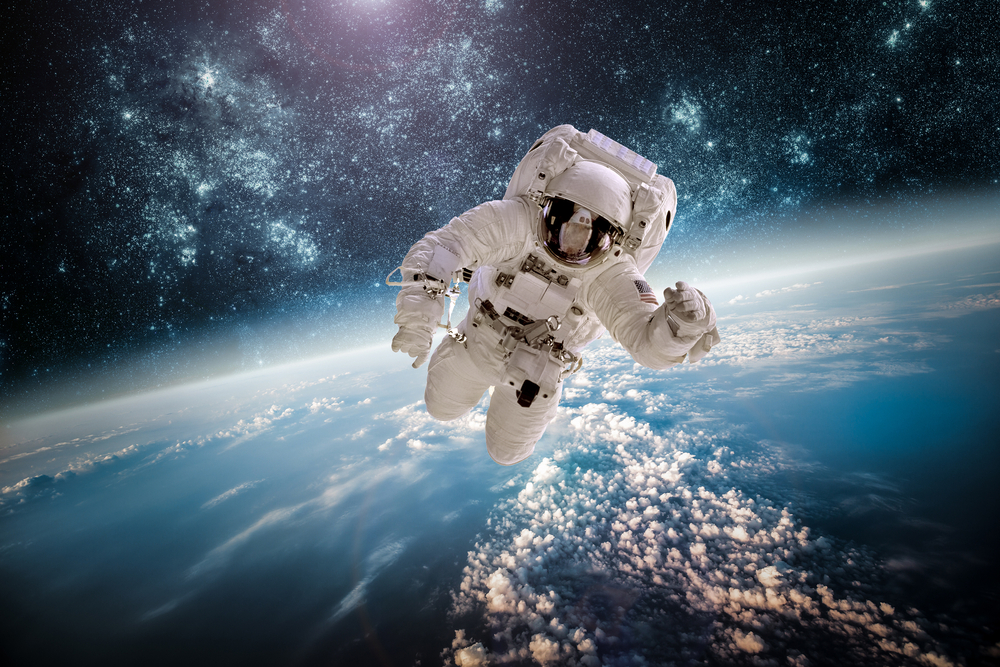
Despite advances in scientific understanding and space exploration, many space movies continue to prioritize storytelling and spectacle over scientific accuracy. While audiences may be captivated by the grandeur of cinematic space adventures, it is essential to recognize the artistic license taken by filmmakers in portraying the mysteries of the cosmos.
This article originally appeared on UnifyCosmos.
More from UnifyCosmos
20 Photography Gear Essentials According to Pro Photographers

This article explores the top 20 photography gear essentials as recommended by seasoned professionals, encompassing everything from cameras and lenses to vital accessories. Read more!
21 Gardening Tools That Master Gardeners Swear By

This article highlights 21 essential gardening tools, ranging from classic implements to modern innovations. These tools are indispensable for maintaining the health and aesthetics of diverse garden types. Read more!
15 Spectacular US Islands Waiting to Be Explored

Embark on a journey to discover the beauty and allure of 15 spectacular US islands that you can explore without needing a passport. Read more!
Leave a Reply